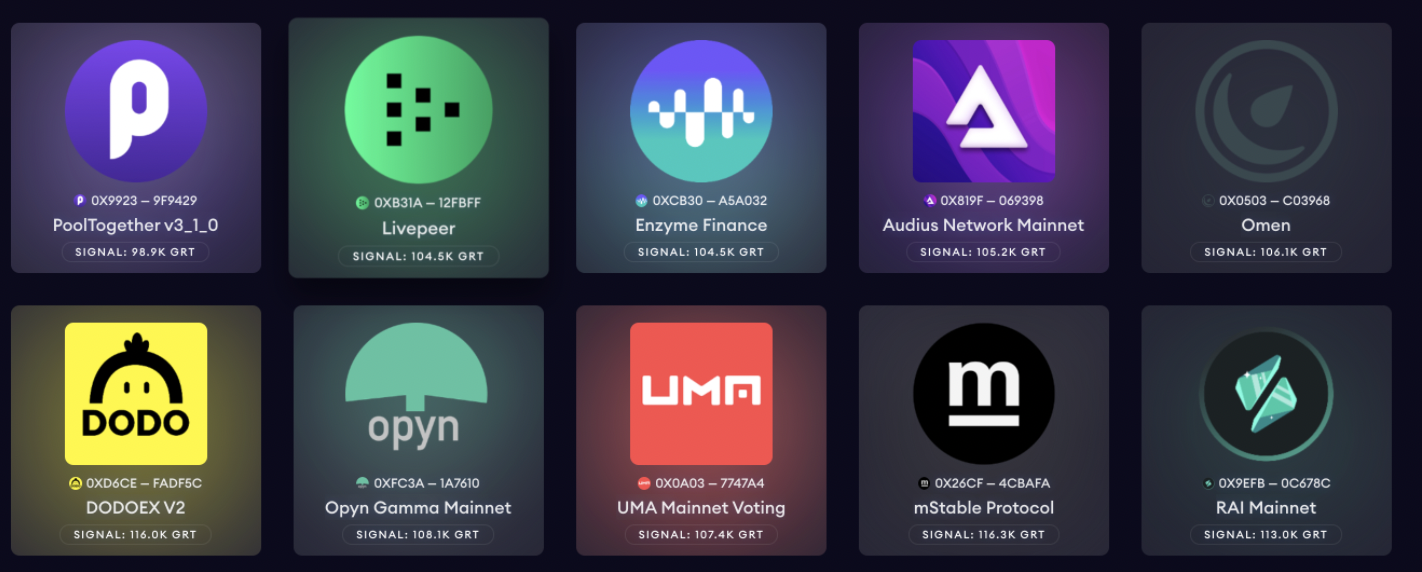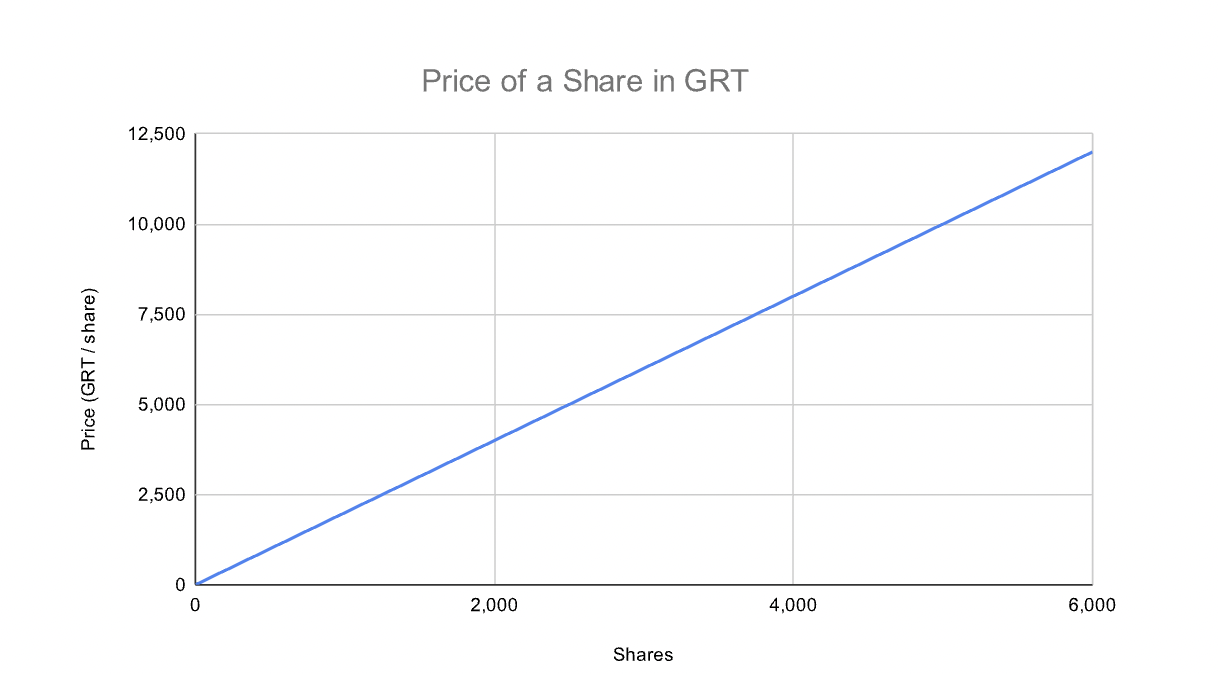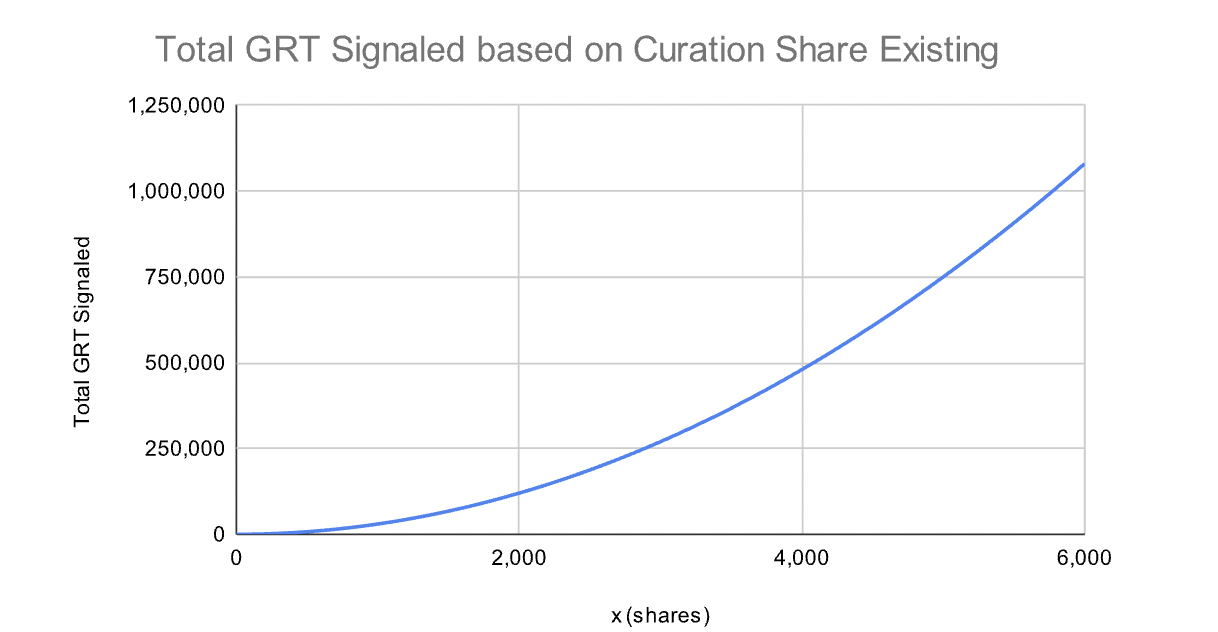キュレーティング
Reading time: 14 min
Curators are critical to The Graph's decentralized economy. They use their knowledge of the web3 ecosystem to assess and signal on the subgraphs that should be indexed by The Graph Network. Through Graph Explorer, Curators view network data to make signaling decisions. In turn, The Graph Network rewards Curators who signal on good quality subgraphs with a share of the query fees those subgraphs generate. The amount of GRT signaled is one of the key considerations for indexers when determining which subgraphs to index.
Before consumers can query a subgraph, it must be indexed. This is where curation comes into play. In order for Indexers to earn substantial query fees on quality subgraphs, they need to know what subgraphs to index. When Curators signal on a subgraph, it lets Indexers know that a subgraph is in demand and of sufficient quality that it should be indexed.
Indexers can trust the signal from a Curator because upon signaling, Curators mint a curation share for the subgraph, entitling Curators to a portion of future query fees that the subgraph drives.
Curators make The Graph network efficient and is the process that curators use to let Indexers know that a subgraph is good to index; where GRT is added to a bonding curve for a subgraph. Indexers can trust the signal from a curator because upon signaling, curators mint a curation share for the subgraph, entitling them to a portion of future query fees that the subgraph drives.
Curator signals are represented as ERC20 tokens called Graph Curation Shares (GCS). Those that want to earn more query fees should signal their GRT to subgraphs that they predict will generate a strong flow of fees to the network. Curators cannot be slashed for bad behavior, but there is a deposit tax on Curators to disincentivize poor decision-making that could harm the integrity of the network. Curators will also earn fewer query fees if they curate on a low-quality subgraph because there will be fewer queries to process or fewer Indexers to process them.
The ensures the indexing of all subgraphs, signaling GRT on a particular subgraph will draw more indexers to it. This incentivization of additional Indexers through curation aims to enhance the quality of service for queries by reducing latency and enhancing network availability.
When signaling, Curators can decide to signal on a specific version of the subgraph or to signal using auto-migrate. If they signal using auto-migrate, a curator’s shares will always be updated to the latest version published by the developer. If they decide to signal on a specific version instead, shares will always stay on this specific version.
To assist teams that are transitioning subgraphs from the hosted service to the Graph Network, curation support is now available. If you require assistance with curation to enhance the quality of service, please send a request to the Edge & Node team at and specify the subgraphs you need assistance with.
Indexers can find subgraphs to index based on curation signals they see in Graph Explorer (screenshot below).

Within the Curator tab in Graph Explorer, curators will be able to signal and unsignal on certain subgraphs based on network stats. For a step-by-step overview of how to do this in Graph Explorer,
キュレーターは、特定のサブグラフのバージョンでシグナルを出すことも、そのサブグラフの最新のプロダクションビルドに自動的にシグナルを移行させることも可能ですます。 どちらも有効な戦略であり、それぞれに長所と短所があります。
特定のバージョンでのシグナリングは、1 つのサブグラフを複数の dapps が使用する場合に特に有効です。 ある DAP は、サブグラフを定期的に新機能で更新する必要があるかもしれません。 別のアプリは、古くても、よくテストされたサブグラフのバージョンを使用することを好むかもしれません。 初回キュレーション時には、1%の標準税が発生します。
シグナルを最新のプロダクションビルドに自動的に移行させることは、クエリー料金の発生を確実にするために有効です。 キュレーションを行うたびに、1%のキュレーション税が発生します。 また、移行ごとに 0.5%のキュレーション税を支払うことになります。 つまり、サブグラフの開発者が、頻繁に新バージョンを公開することは推奨されません。 自動移行された全てのキュレーションシェアに対して、0.5%のキュレーション税を支払わなければならないからです。
Note: The first address to signal a particular subgraph is considered the first curator and will have to do much more gas-intensive work than the rest of the following curators because the first curator initializes the curation share tokens, initializes the bonding curve (even on Arbitrum), and also transfers tokens into the Graph proxy.
Curators have the option to withdraw their signaled GRT at any time.
Unlike the process of delegating, if you decide to withdraw your signaled GRT you will not have to wait for a cooldown period and will receive the entire amount (minus the 1% curation tax).
Once a curator withdraws their signal, indexers may choose to keep indexing the subgraph, even if there's currently no active GRT signaled.
However, it is recommended that curators leave their signaled GRT in place not only to receive a portion of the query fees, but also to ensure reliability and uptime of the subgraph.
- The Graph では、クエリ市場は本質的に歴史が浅く、初期の市場ダイナミクスのために、あなたの%APY が予想より低くなるリスクがあります。
- Curation Fee - when a curator signals GRT on a subgraph, they incur a 1% curation tax. This fee is burned and the rest is deposited into the reserve supply of the bonding curve.
- (Ethereum only) When curators burn their shares to withdraw GRT, the GRT valuation of the remaining shares will be reduced. Be aware that in some cases, curators may decide to burn their shares all at once. This situation may be common if a dApp developer stops versioning/improving and querying their subgraph or if a subgraph fails. As a result, remaining curators might only be able to withdraw a fraction of their initial GRT. For a network role with a lower risk profile, see .
- サブグラフはバグで失敗することがあります。 失敗したサブグラフは、クエリフィーが発生しません。 結果的に、開発者がバグを修正して新しいバージョンを展開するまで待たなければならなくなります。
- サブグラフの最新バージョンに加入している場合、シェアはその新バージョンに自動移行します。 これには 0.5%のキュレーション税がかかります。
- If you have signaled on a specific subgraph version and it fails, you will have to manually burn your curation shares. You can then signal on the new subgraph version, thus incurring a 1% curation tax.
By signalling on a subgraph, you will earn a share of all the query fees that the subgraph generates. 10% of all query fees go to the Curators pro-rata to their curation shares. This 10% is subject to governance.
高品質のサブグラフを見つけるのは複雑な作業ですが、さまざまな方法でアプローチできます。 キュレーターとしては、クエリボリュームを牽引している信頼できるサブグラフを探したいと考えます。 信頼できるサブグラフは、それが完全で正確であり、Dap のデータニーズをサポートしていれば価値があるかもしれません。 アーキテクチャが不十分なサブグラフは、修正や再公開が必要になるかもしれませんし、失敗に終わることもあります。 キュレーターにとって、サブグラフが価値あるものかどうかを評価するために、サブグラフのアーキテクチャやコードをレビューすることは非常に重要です。 その結果として:
- キュレーターはネットワークの理解を利用して、個々のサブグラフが将来的にどのように高いまたは低いクエリボリュームを生成するかを予測することができます。
- Curators should also understand the metrics that are available through Graph Explorer. Metrics like past query volume and who the subgraph developer is can help determine whether or not a subgraph is worth signalling on.
Migrating your curation shares to a new subgraph version incurs a curation tax of 1%. Curators can choose to subscribe to the newest version of a subgraph. When curator shares get auto-migrated to a new version, Curators will also pay half curation tax, ie. 0.5%, because upgrading subgraphs is an on-chain action that costs gas.
サブグラフをあまり頻繁に更新しないことをお勧めします。詳細については、上記の質問を参照してください。
Curation shares cannot be "bought" or "sold" like other ERC20 tokens that you may be familiar with. They can only be minted (created) or burned (destroyed) along the bonding curve for a particular subgraph. The amount of GRT needed to mint a new signal, and the amount of GRT you receive when you burn your existing signal are determined by that bonding curve:
- As a Curator on Ethereum, you need to know that when you burn your curation shares to withdraw GRT, you can end up with more or less GRT than you initially deposited.
- As a Curator on Arbitrum, you are guaranteed to get back the GRT you initially deposited (minus the tax).
Curation grants are determined individually on a case-by-case basis. If you need assistance with curation, please send a request to .
The behavior of the curation mechanism differs depending on the protocol chain deployment, notably, how the price of a subgraph share is calculated.
The Graph Network's original deployment on Ethereum uses bonding curves to determine what the price of shares is: the price of each subgraph share increases with each token invested and the price of each share decreases with each token sold. This means that curating puts your principal at risk, since it's not guaranteed you can sell your shares and get back your original investment.
On Arbitrum, curating subgraphs becomes significantly simpler. The bonding curves are "flattened", their effect is nullified meaning no Curator will be able to realize gains at the expense of others. This allows Curators to signal or unsignal on subgraphs at any given time, at a consistent cost, and with very limited risk.
If you are interested in curating on Ethereum and want to understand the details of bonding curves and their effects see . Please do your diligence to make sure you curate on subgraphs you trust. Creating a subgraph is permissionless, so people can create subgraphs and call them any name they'd like. For more guidance on curation risks, check out
Note: this section only applies to curation on Ethereum since bonding curves are flat and have no effect on Arbitrum.
Each subgraph has a bonding curve on which curation shares are minted when a user adds signal into the curve. Each subgraph’s bonding curve is unique. The bonding curves are architected so that the price to mint a curation share on a subgraph increases linearly, over the number of shares minted.

その結果、価格は直線的に上昇し、時間の経過とともにシェアの購入価格が高くなることを意味しています。 下のボンディングカーブを見て、その例を示します:

あるサブグラフのシェアを作成する 2 人のキュレーターがいるとします。
- キュレーター A は、サブグラフに最初にシグナルを送ります。 120,000GRT をボンディングカーブに加えることで、2000 もシェアをミントすることができます。
- Curator B’s signal is on the subgraph later at some point. To receive the same amount of shares as Curator A, they would have to add 360,000 GRT into the curve.
- 両方のキュレーターがキュレーションシェアの合計の半分を保有しているので、彼らは同額のキュレーターロイヤルティを受け取ることになります。
- Now, if any of the curators were to burn their 2000 curation shares, they would receive 360,000 GRT.
- 残りのキュレーターは、そのサブグラフのキュレーター・ロイヤリティーをすべて受け取ることになります。 もし彼らが自分のシェアをバーンして GRT を引き出す場合、彼らは 120,000GRT を受け取ることになります。
- TLDR: キュレーションシェアの GRT 評価はボンディングカーブによって決まるため、変動しやすいという傾向があります。 また、大きな損失を被る可能性があります。 早期にシグナリングするということは、1 つのシェアに対してより少ない GRT を投入することを意味します。 ひいては、同じサブグラフの後続のキュレーターよりも、GRT あたりのキュレーター・ロイヤリティーを多く得られることになります。
In general, a bonding curve is a mathematical curve that defines the relationship between token supply and asset price. In the specific case of subgraph curation, the price of each subgraph share increases with each token invested and the price of each share decreases with each token sold.
まだ不明点がありますか? その他の不明点に関しては、 以下のキュレーションビデオガイドをご覧ください: